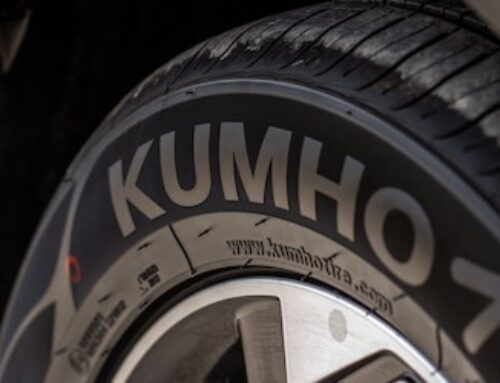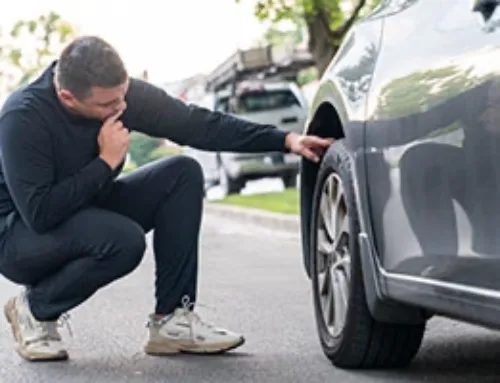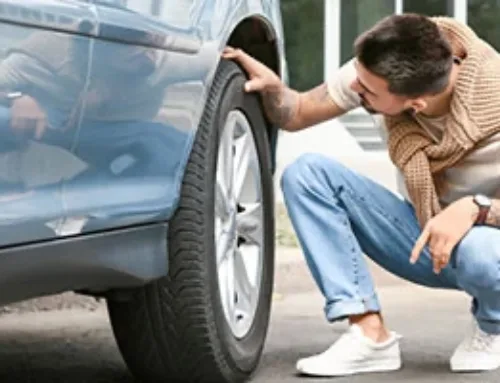Table of Contents
Temperature, pressure, density… no, it’s not physics class. It’s basic auto maintenance! If you’ve noticed a major change in your tire pressure recently but aren’t sure why, then this might be the article for you. Find out how temperature can affect tire pressure in more ways than one. It’s actually a significant factor in tire pressure and something you should be aware of for optimum driving performance.
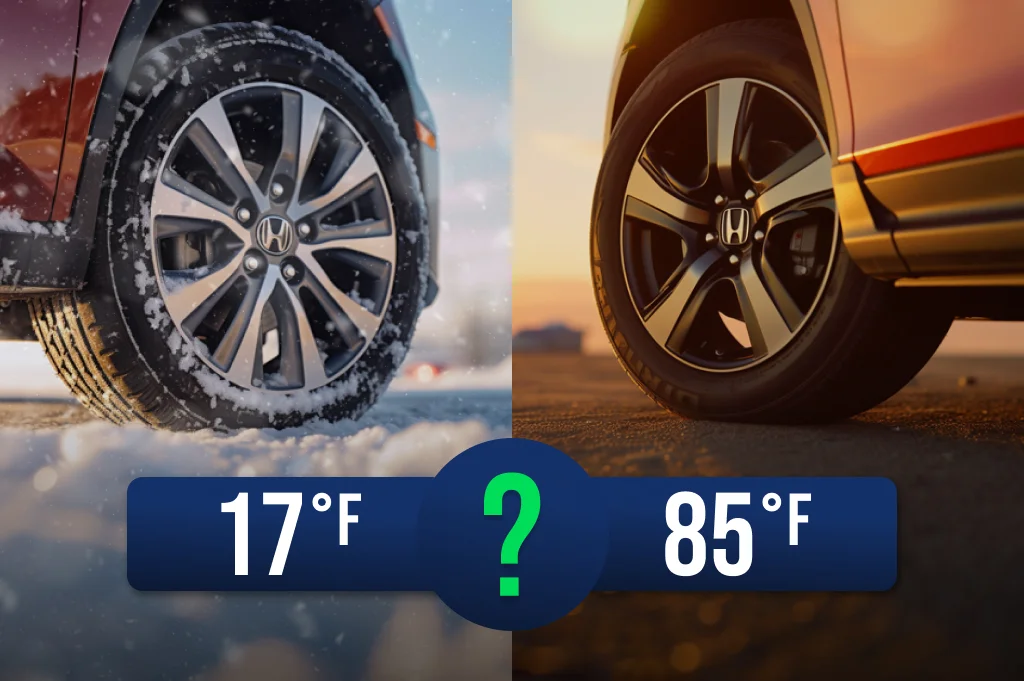
Does tire pressure really change with temperature?
Absolutely! Even minor changes in temperature affect the air pressure in your tires, but the effect is most noticeable with larger temperature swings. The winter after I bought my first car (in college), I remember thinking that all four of my tires were leaking because every other week, I had to put more air in them. But luckily, it was just the increasingly cold weather that was causing the low tire pressure, and I was spared the expense of buying a new set of tires.
Check your tires before driving

It’s important to regularly check the air pressure in your tires because they will naturally lose pressure over time as air escapes in tiny quantities. A quick visual check each time you get into or out of the car should be enough to spot major problems such as a flat, but it’s important to get an accurate reading regularly. It’s a good idea to do a tire pressure check before long road trips or difficult driving.
Incorrect tire pressure can compromise safety
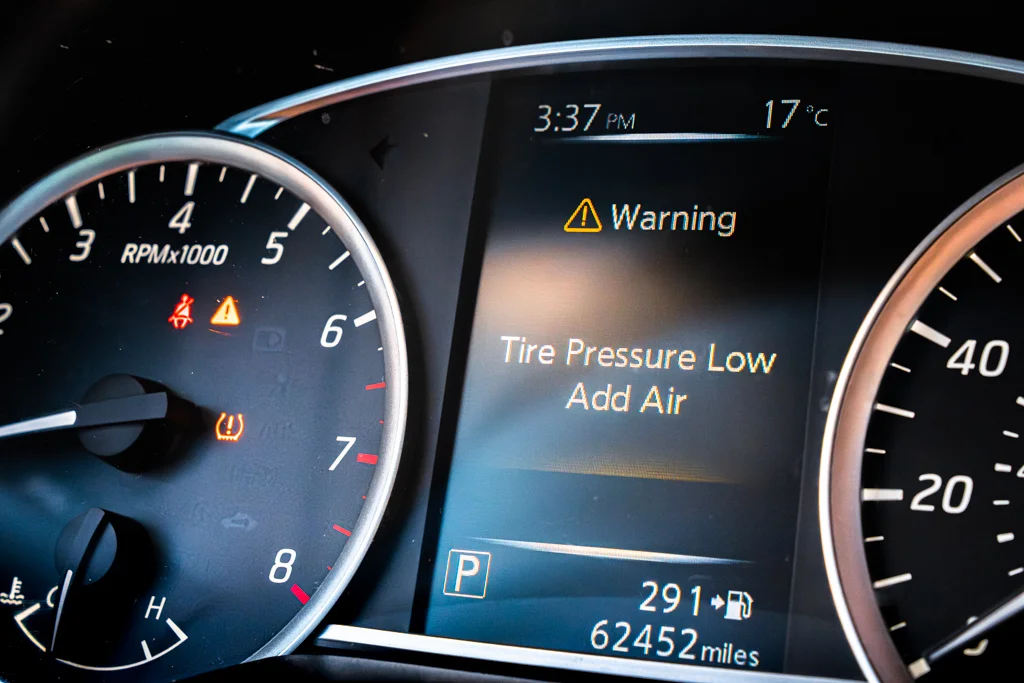
Underinflated tires are a serious safety issue and a major cause of accidents. Having the recommended tire pressure will optimize your car’s handling and performance. Air pressure can affect things such as braking distance, cornering, and even speed.
Overinflated tires are also an issue as they minimize the tire’s contact with the road. This also leads to many issues with handling, and tires with too much air pressure are susceptible to blowouts in extreme cases.
How to check your tire pressure: 7 steps
To do so, use a tire pressure gauge, which is a small, inexpensive tool that you can stash in the glove compartment. To use it, follow these steps:
- Remove the valve stem cap from one of your tires
- Attach the tire pressure gauge to the end of the valve stem and push it down
- The meter will poke out of the back of the tire gauge, literally using the air pressure to push the meter out
- Check the air pressure
- Repeat at least 2-3 times to make sure the reading is accurate
- Replace the cap!
- Add air at your local gas station if need be
Find your recommended tire pressure
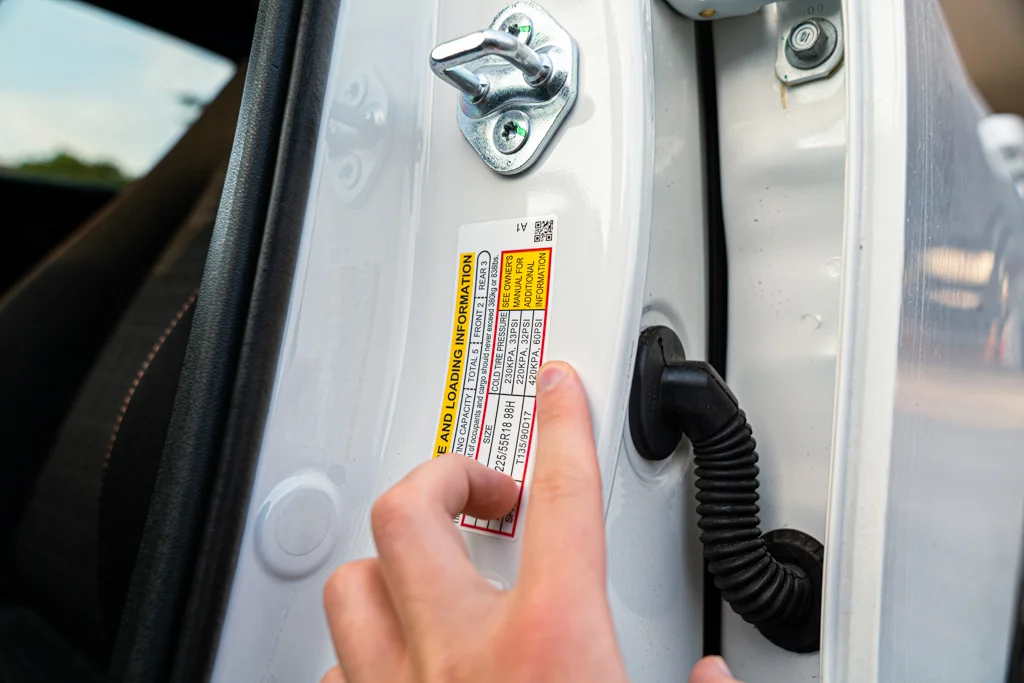
You can find your vehicle’s recommended tire pressure in several places. For newer cars, you can find the recommended tire pressure on the inside of the driver’s side door. When you open up the door, it will be on a small chart called the Tire and Loading Information which is on the body of the car itself. You can also consult the owner’s manual for the same chart.
Don’t let the best tire deals & tips roll by!
Sign up for our newsletter
How much does tire pressure increase from cold to hot?

Can tire pressure change with the temperature? Absolutely. Typically the tire air pressure will change about 1 PSI for every 10 degrees (Fahrenheit) of temperature change. For example, if some cold weather moves in and the temperature drops from 70 degrees to 40 degrees over the course of a few days or weeks, expect tire pressures to drop 3 pounds per square inch along with it.
How do air temperature changes affect tire pressure?
Heat is actually a form of energy. The hotter something is, the more energy it has. Just like us humans, when air or gases have more energy, they move around a lot more. When gases move around a lot, they take up more space, or to put it in scientific terms, more volume.
When that air is inside an enclosed area such as your tires, it bumps up against the inside of your tire and pushes at it, trying to escape and expand. We can measure how hard this air is pushing in pounds per square inch, or PSI, for short.
Hot weather
As the temperature increases, the air molecules inside your tires heat up too. Because they have more energy, they move around more, kind of like they’re dancing. They want to expand and take up more space on the dance floor which causes the tire pressure to change. As the temperature increases, so does the tire air pressure. If a tire’s inflation pressure is quite high, the tire feels harder and fuller because those air molecules are actively pushing out on the wall of the tire.
Cold weather
As the seasons change and the temperature drops, the energy goes down with it. Now the air molecules in your tires don’t have enough energy for dancing anymore. They don’t move so much and don’t push on the wall of the tire so hard. This low tire pressure will make your tires seem softer, and they lose their shape if the pressure gets low enough. This often happens if winter temperatures drop quickly and drastically.
As temperatures fall during winter and the weather becomes cold, checking your air pressure regularly is a good idea. Be prepared to add air a few times a month, depending on how severe the temperature swing is.
Frequently Asked Questions
What temperature is too hot for tires?
Tire pressure can be affected not just by air temperature but by the temperature of the road surface as well. We’ve all felt that hot asphalt in the summertime. Now imagine your wheels pressing up against that surface for hours on end.
Many tire manufacturers make their tires to withstand temperatures up to 250 degrees Fahrenheit. At this point, the rubber starts to degrade and lose its structural integrity, which can lead to severe problems such as a blowout.
Even on an extremely hot and sunny day, asphalt is unlikely to get this hot, but it’s worth keeping in mind if you live in a hot climate.
I have a tire pressure monitoring system (TPMS). Do I still need to check the air pressure?
The short answer to this is yes. You never know when your TPMS sensors might be off due to age or low battery. You might also find that while your TPMS light is on when you first turn the car on, it goes off after five to ten minutes of driving. This is likely due to the fact that friction from the road surface has warmed up the tires and the air inside enough for the air pressure to increase.
It’s best to play it safe and keep a tire pressure gauge handy and check tire pressure regularly, you might catch an issue before your TPMS becomes aware of it. A good rule of thumb is to check your tires visually each time you get in the car and to manually check the tires about once a month.
Should I get winter or summer tires for my vehicle?
This depends on the seasonal conditions in your area. If you frequently experience cold weather in the winter months, with lots of snow and ice, then it’s in your best interest to have a designated set of winter tires. However, winter tires are still susceptible to changing inflation pressure, and you should do regular tire pressure checks.


